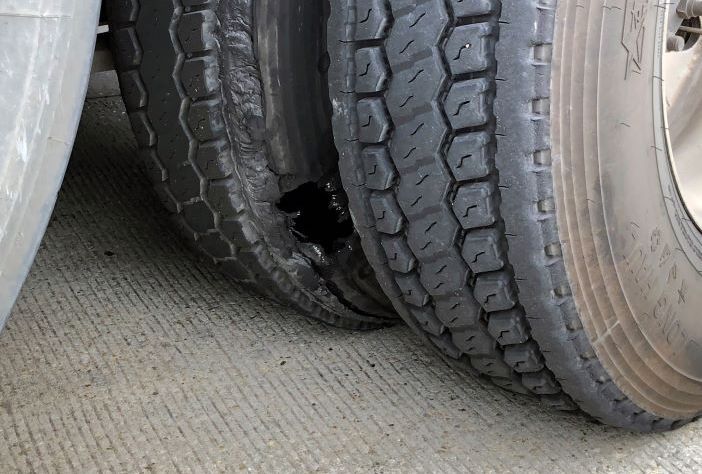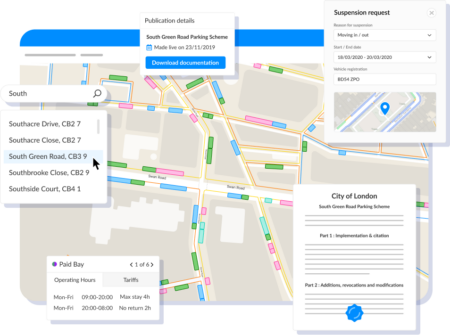Kistler’s Automated Tire Screening (ATS) system allows authorities to monitor the condition of tires on roads in real time, helping to prevent accidents.
The quartz crystal sensors deliver accurate data on missing or under-inflated tires. The technology can be integrated into existing Weigh In Motion (WIM) sites equipped with Kistler’s Lineas sensors.
To screen for tire properties, a WIM system requires two additional Lineas quartz crystal sensors and a software update for Kistler’s Data Logger. The sensors are installed in the pavement at an angle to the standard WIM sensors. This angle enables prolonged contact with the tires which is crucial when detecting any deviation from the measurement of the standard sensors.
The system uses the deviations to differentiate between single, dual and super single tires, as well as to detect insufficiently inflated, flat, missmatched or missing tires. Roadside inspectors can automatically inspect all passing vehicles with the system pointing out which tires deviate from the norm. As a result, they need only take action when the system reports unsafe tire conditions or overloaded vehicles.
The Lineas sensors at the heart of the WIM technology are used for a range of applications, such as traffic data collection, bridge protection, weight enforcement and weight-based toll collection. Installed in saw-cut or milled slots in concrete or asphalt roads, the unique maintenance-free quartz crystal strip sensors can collect and process traffic data in real-time. There are more than 70,000 Lineas sensors already installed worldwide.
According to the National Highway Safety Association, 738 traffic fatalities were caused by tire-related car crashes in the US in 2017.





